
| Component | Specification |
|---|---|
| Processor | High-speed quad-core processor for fast transaction processing |
| Memory | 8GB RAM, expandable to 16GB for improved performance |
| Storage | 256GB SSD, with optional 512GB for secure and fast data access |
| Display Screen | 15-inch or 19-inch touch screen with anti-glare and vandal-resistant coating |
| Card Reader | EMV-compliant chip reader, magnetic stripe reader, and contactless NFC reader |
| Keypad | PCI-compliant encrypted PIN pad with backlit keys |
| Cash Dispenser | High-capacity, multi-cassette dispenser with up to 4 cassettes |
| Receipt Printer | Thermal printer with paper auto-cut feature, supporting 80mm or 110mm paper width |
| Security Features | Anti-skimming devices, CCTV camera, alarm system, and biometric authentication |
| Operating System | Windows 10 IoT Enterprise, Linux, or custom OS options |
| Connectivity | Ethernet, Wi-Fi, 4G/5G LTE for secure and reliable data transmission |
| Power Supply | 110-240V AC, 50-60Hz, with backup battery support |
| Enclosure | Steel construction with anti-tamper design and weather-resistant coating for outdoor models |
| Software Integration | Compatible with major banking software and custom API integration |
Processor: High-speed, multi-core CPU for fast transactions.
Memory & Storage: 8GB RAM and 256GB SSD, ensuring quick data processing.
Display: 15-inch or 19-inch touchscreens with anti-glare.
Card Reader: EMV, magnetic stripe, and NFC capabilities.
Cash Dispenser: Multi-cassette with high capacity.
Security: Encrypted PIN pad, CCTV, and biometric options.
Operating System: Windows 10 IoT or Linux for robust performance.
Security: Encryption and fraud detection.
Integration: API compatibility with banking systems.
User Interface: Intuitive and customizable for smooth operations.
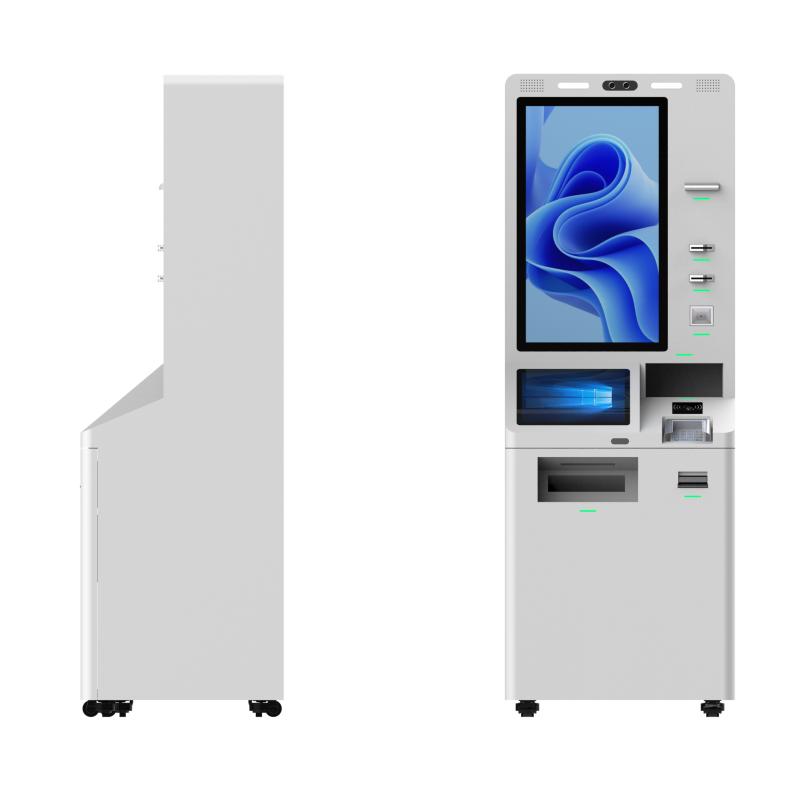
Card Authentication: Users insert their bank card into the card reader, which reads the magnetic stripe or chip to authenticate the account.
PIN Verification: The user enters their Personal Identification Number (PIN) on the encrypted keypad, ensuring secure access to their account.
Transaction Selection: The ATM displays options such as cash withdrawal, balance inquiry, fund transfer, or deposit. The user selects the desired transaction.
Transaction Processing: The ATM communicates with the bank's server to process the transaction, ensuring funds are available and updating the account balance.
Cash Dispensing: If a cash withdrawal is selected, the ATM's dispenser counts and dispenses the requested amount, along with a receipt if requested.
Receipt Printing: For most transactions, the ATM offers a printed receipt detailing the transaction, including the updated account balance.
Card Ejection and Session End: Once the transaction is complete, the ATM ejects the card and ends the session, ensuring the user's information is secure.
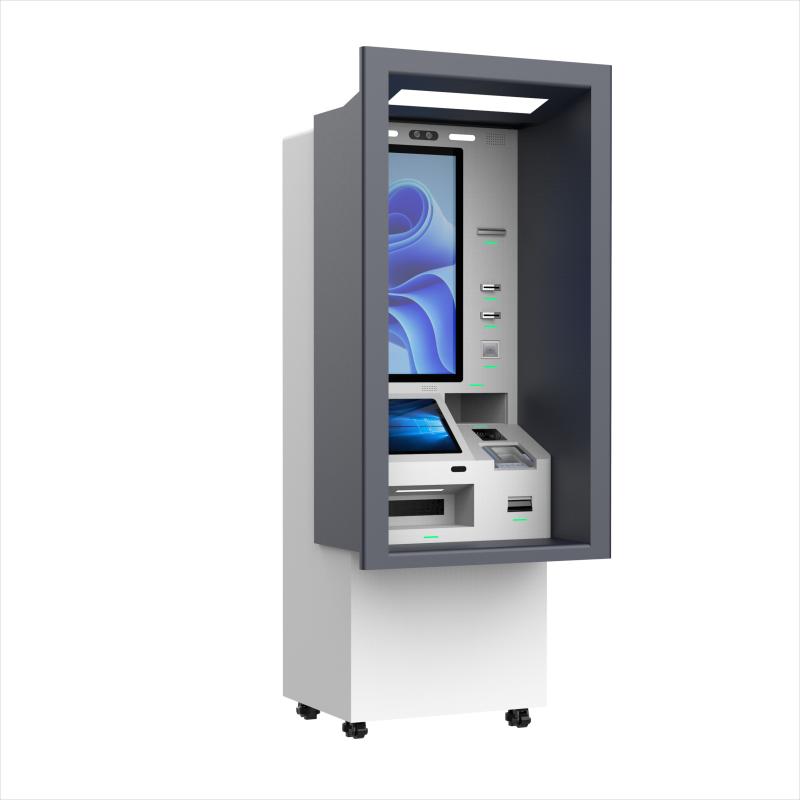
| Step | Description |
|---|---|
| 1. Insert Card | Insert your debit or credit card into the card slot with the chip facing upward or the magnetic stripe facing the reader. |
| 2. Enter PIN | Use the keypad to enter your Personal Identification Number (PIN) and press “Enter” to proceed. |
| 3. Select Transaction | On the screen, choose the type of transaction you want to perform, such as withdrawal, deposit, balance inquiry, or funds transfer. |
| 4. Enter Amount | For withdrawals or deposits, input the amount of money you want to withdraw or deposit, and confirm your selection. |
| 5. Collect Cash/Receipt | If withdrawing cash, take the money from the dispenser. The ATM may also provide a printed receipt—choose whether to take it. |
| 6. Complete Transaction | After completing the transaction, select "End" or "No" for another transaction. |
| 7. Retrieve Card | Finally, take your card from the slot to conclude the session, ensuring the ATM returns to its home screen. |
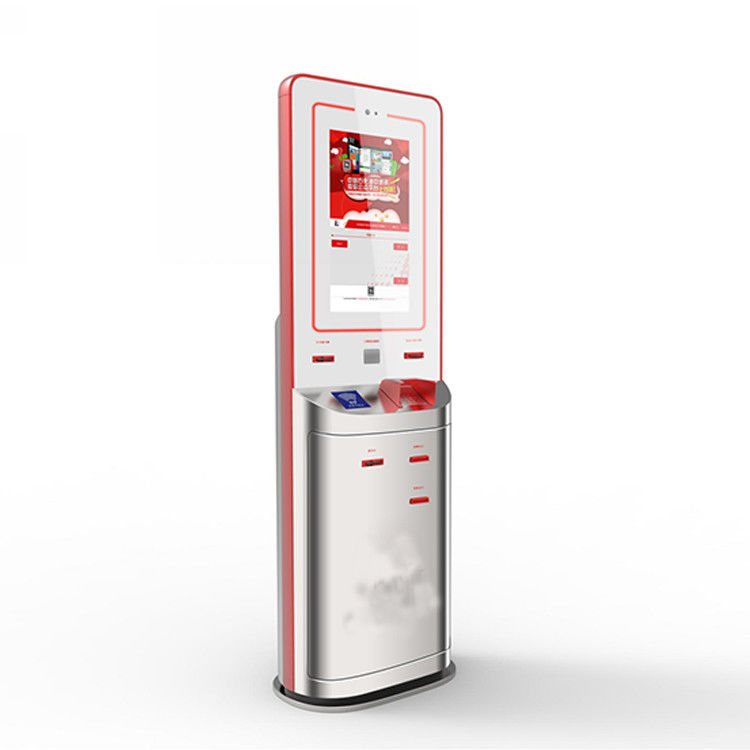
Cash Withdrawals: Customers can easily access cash from their bank accounts at any time, providing 24/7 convenience.
Balance Inquiries: Users can check their account balance instantly, helping them manage their finances on the go.
Fund Transfers: ATMs allow users to transfer funds between accounts, either within the same bank or to external accounts.
Cash Deposits: Many ATMs accept cash and check deposits, which are processed and credited to the user's account.
Bill Payments: Some ATMs offer the ability to pay utility bills, credit card bills, and other payments directly from the machine.
Mobile Recharge: ATMs can be used to top up mobile phone credit, making it convenient for users to stay connected.
Mini Statements: Users can print a mini statement showing recent transactions, helping them keep track of their spending.
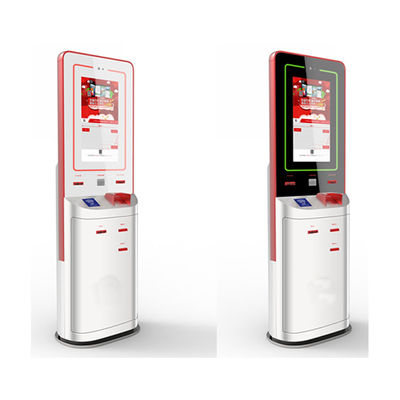
Design and Branding: Customizable exterior designs, colors, and logos to match a bank's branding or specific aesthetic preferences.
Screen Size and Interface: Options for different screen sizes (e.g., 15-inch, 19-inch) and customizable user interfaces that can include multi-language support.
Payment and Card Reader Integration: Ability to integrate various card readers, including EMV chip readers, NFC contactless payment options, and QR code scanners.
Security Features: Customizable security options such as biometric authentication (fingerprint or facial recognition), anti-skimming devices, and enhanced encryption protocols.
Cash Handling: Customizable cash dispenser configurations with multiple cassettes for different currencies, denominations, or high-volume cash handling.
Software and Connectivity: Custom software solutions tailored to specific banking needs, with integration capabilities for different banking systems, and options for various connectivity methods such as Ethernet, Wi-Fi, or 4G/5G.
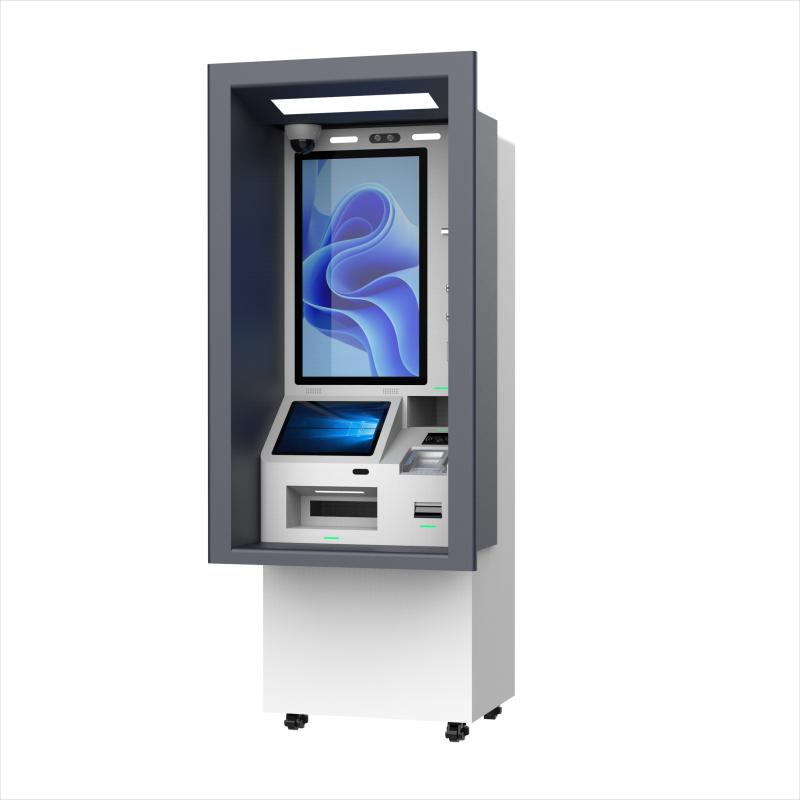
Here are seven advantages and benefits of ATM machines:
24/7 Accessibility: ATMs provide customers with round-the-clock access to banking services, allowing transactions outside of regular bank hours.
Convenience: Users can perform a variety of banking transactions, such as cash withdrawals, deposits, and balance inquiries, without visiting a bank branch.
Reduced Bank Workload: By handling routine transactions, ATMs reduce the burden on bank staff, allowing them to focus on more complex customer needs.
Widespread Availability: ATMs are located in diverse locations, including shopping centers, airports, and public spaces, providing easy access to banking services.
Speed and Efficiency: Transactions at ATMs are typically faster than at bank counters, offering quick and efficient service to users.
Enhanced Security: Modern ATMs incorporate advanced security features like encryption, PIN protection, and anti-skimming devices, ensuring safe transactions.
Cost-Effective: For banks, ATMs reduce the operational costs associated with maintaining physical branches, while providing continuous service to customers.
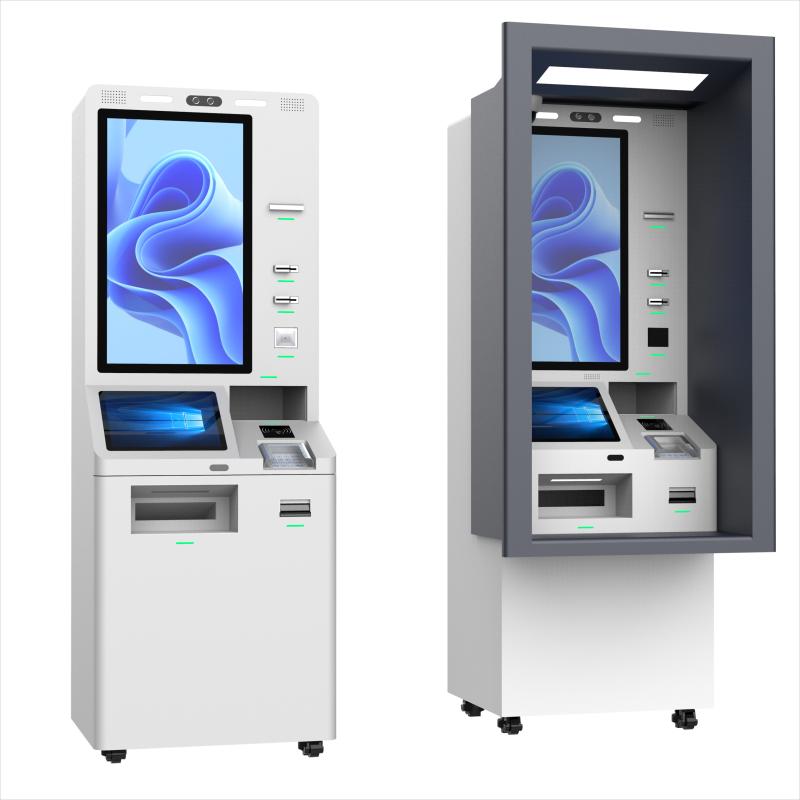
Here are six key purchase considerations for ATM machines:
Cost and Budget: Evaluate the total cost of ownership, including the initial purchase price, installation, maintenance, and operational expenses to ensure it fits within your budget.
Features and Functionality: Consider the specific features needed, such as cash dispensing, deposits, card readers, and security options, based on the intended use and customer requirements.
Security Measures: Ensure the ATM has robust security features, including encryption, anti-skimming technology, and biometric authentication, to protect against fraud and theft.
Customization Options: Check for customization capabilities, such as branding, screen size, and software integration, to match your business needs and enhance user experience.
Compliance and Regulations: Verify that the ATM complies with relevant industry standards and regulations, including PCI DSS for payment security and ADA accessibility requirements.
Support and Maintenance: Assess the availability of technical support and maintenance services, including warranty options, response times, and the ease of obtaining repairs or parts.
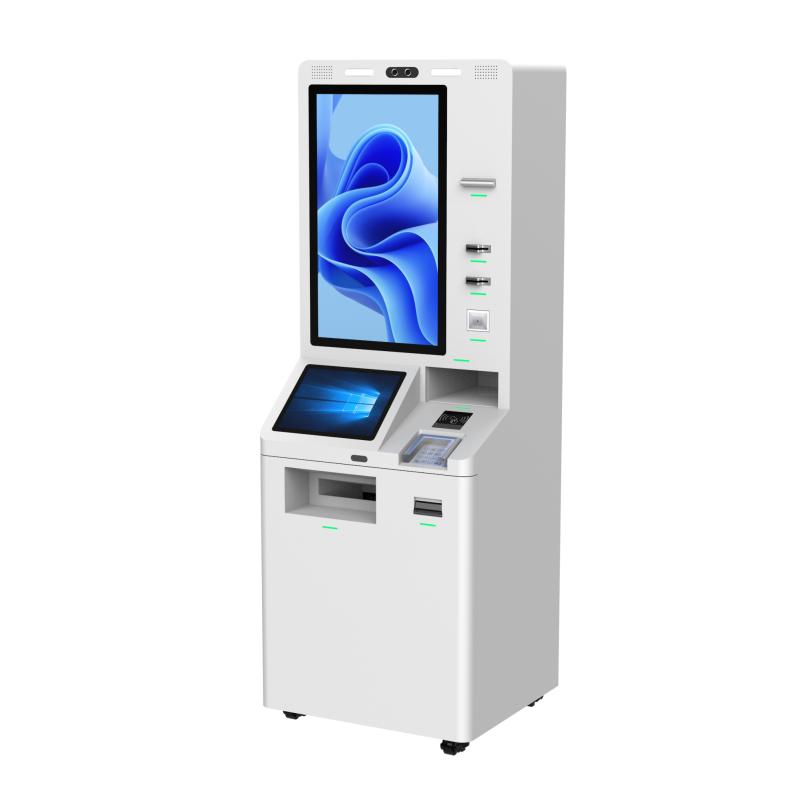
ATMs are also known automated bank machines (ABMs), cashpoints, or cash machines.
The average retail ATM machine costs around $3,000 but can range from $2,000 to $8,000 depending on the included features. Many different factors can effect this price such as the ATMs wifi compatibility, display type, banking services available, and if the machine is built-in or free-standing.
ATMs are known by a variety of names, including automatic teller machines (ATM) in the United States (sometimes redundantly as "ATM machine").
Redundant Acronym Syndrome syndrome, as it's known with tongue firmly in cheek, is essentially a Redundant Acronym Phrase, that is, “a phrase containing an acronym plus a word or phrase such that, when the acronym is expanded, the phrase would contain a redundancy”. For example: ATM machine.
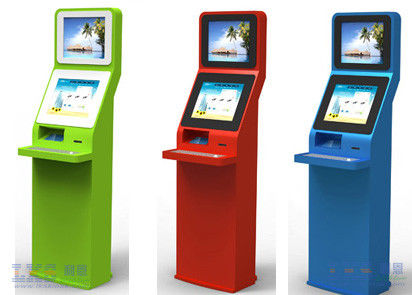
| Type | Size | Design | Price Range |
|---|---|---|---|
| Stand-Alone ATM | Standard (5-6 feet tall) | Freestanding unit with customizable branding | $3,000 - $10,000 |
| Wall-Mounted ATM | Compact (4-5 feet tall) | Space-saving design for wall installation | $2,000 - $7,000 |
| Drive-Thru ATM | Large (6-7 feet tall) | Durable, weather-resistant for outdoor use | $5,000 - $15,000 |
| Lobby ATM | Medium (4-5 feet tall) | Sleek design for indoor use in high-traffic areas | $3,500 - $8,000 |
| Smart ATM | Varies (typically larger) | Advanced features like biometric authentication | $7,000 - $20,000 |
Identify Needs: Determine the type of ATM based on your location, customer base, and required features (e.g., cash dispensing, deposits, etc.).
Research Vendors: Look for reputable ATM manufacturers or suppliers, compare models, and check for reviews and testimonials.
Consider Customization: Choose options that allow for branding, design preferences, and software integration to meet your specific needs.
Evaluate Security Features: Ensure the ATM has robust security, including encryption, anti-skimming, and compliance with industry standards.
Request Quotes and Compare: Obtain detailed quotes from multiple vendors, comparing costs, features, warranties, and support services.
Finalize Purchase and Install: Select the best option, finalize the purchase, and arrange for installation and setup by qualified technicians.
Initial Cost: Ranges from $2,000 to $20,000 depending on the type, features, and customization options.
Maintenance Costs: Include regular maintenance, software updates, and possible repairs, typically adding 5-10% of the initial cost annually.
Operational Costs: Cover electricity, cash management, and transaction fees.
ROI Considerations:
Transaction Fees: ATMs generate income through transaction fees charged to users, which can vary based on location and usage.
Increased Foot Traffic: ATMs in convenient locations can attract more customers to your business, indirectly boosting sales.
Payback Period: Depending on transaction volume, ROI can typically be achieved within 1-3 years, with ongoing profits thereafter.
What did our happy clients say?
Our new ATM machines have been a fantastic addition to our business. It's fast, reliable, and the sleek design fits perfectly in our lobby. The transaction process is smooth, and our customers love the convenience. Highly recommend this investment!
We chose a drive-thru ATM for our location, and it's been a game-changer. The setup was seamless, and the machine operates flawlessly. Customers appreciate the quick service, and the ROI has exceeded our expectations. Definitely worth the purchase!
The wall-mounted ATM we installed has been a great success. It's compact yet powerful, with all the necessary features. The security options give us peace of mind, and the customer support has been outstanding. Couldn't be happier with our choice!
Our stand-alone ATM has proven to be a valuable asset. The customization options allowed us to match it with our brand, and it's been performing consistently well. The increase in foot traffic and transactions has made this purchase a smart decision!